Pain, a universal experience, is multifaceted in its origin, perception, and management. It can be a fleeting annoyance or a debilitating experience that disrupts daily life. Understanding its nuances is vital for effective management.
Differentiating Types of Pain
Acute Pain:
- Originates suddenly, often due to injury, surgery, or inflammation.
- Typically sharp or severe.
- Alerts the body to possible injury.
- Usually subsides once the underlying cause is treated.
Chronic Pain:
- Extends beyond the typical healing period, usually longer than three months.
- Can result from an initial injury or have no apparent cause.
- Associated with conditions like arthritis, fibromyalgia, or cancer.
Pharmacological Approaches
Over-the-counter (OTC) Medications:
- Commonly used for mild to moderate pain.
- Examples: Ibuprofen reduces inflammation, and acetaminophen targets pain directly.
- Must be used as directed to avoid complications.
Prescription Analgesics:
- Tailored for more severe pain or specific conditions.
- Opioids such as morphine, though effective, require careful monitoring due to addiction risks.
- Non-opioids like Celecoxib target specific pain pathways.
Adjuvant Medications:
- Developed for other purposes, but also assist in pain management.
- Antidepressants can help with neuropathic pain, while antiepileptics can stabilize nerve activity.
For further information you can check WebMD’s Guide on Pain Medications.
Non-pharmacological Interventions
Physical Therapy:
- Strengthens muscles, improves flexibility, and optimizes movement.
- Techniques might include massage, ultrasound, or guided exercises.
Behavioral Therapy:
- Empowers patients to cope with pain.
- Techniques like cognitive-behavioral therapy can help modify pain-related behaviors and improve mental well-being.
Alternative Therapies:
- Acupuncture uses thin needles to stimulate specific points, promoting natural pain relief.
- Chiropractic care adjusts the spine, alleviating certain types of pain.
Mind-body Techniques:
- Emphasize the interconnectedness of mind, body, and spirit.
- Meditation promotes relaxation. Deep breathing exercises activate the body’s relaxation response, and biofeedback gives real-time data on bodily functions to control pain.
For further information please see Mayo Clinic on Non-Drug Pain Relief
Zusammenfassung
With an understanding of pain’s intricacies and the initial strategies to combat it, we’re better equipped to delve deeper into advanced approaches, which we’ll explore in Part 2.

